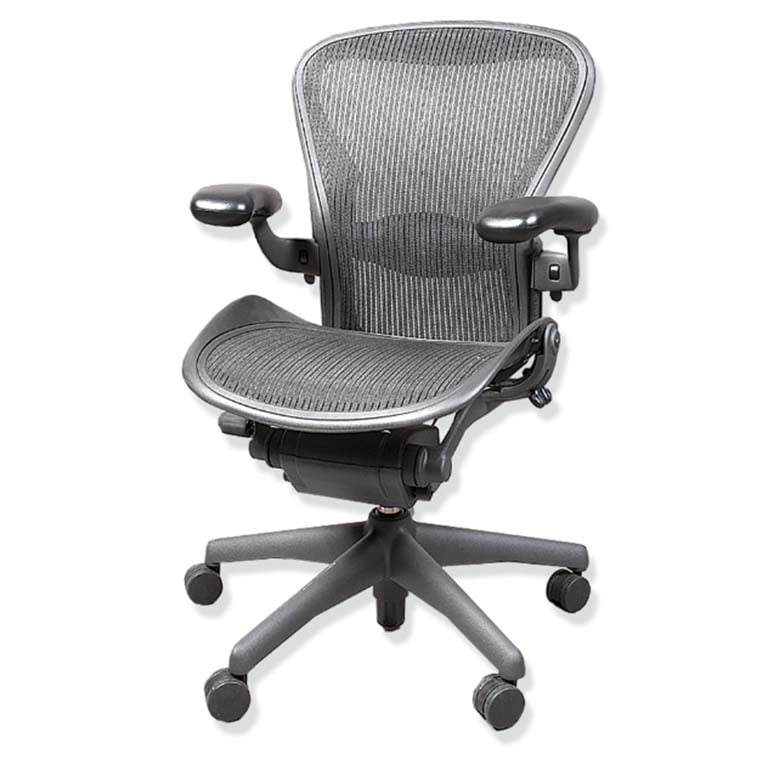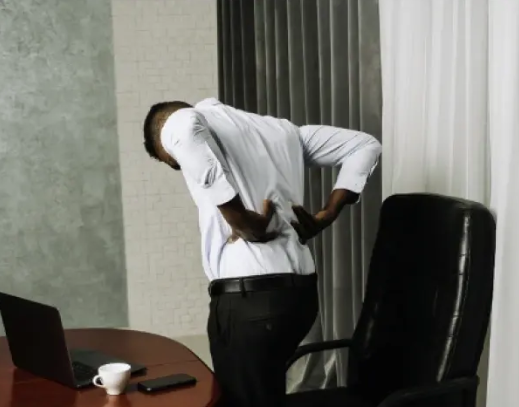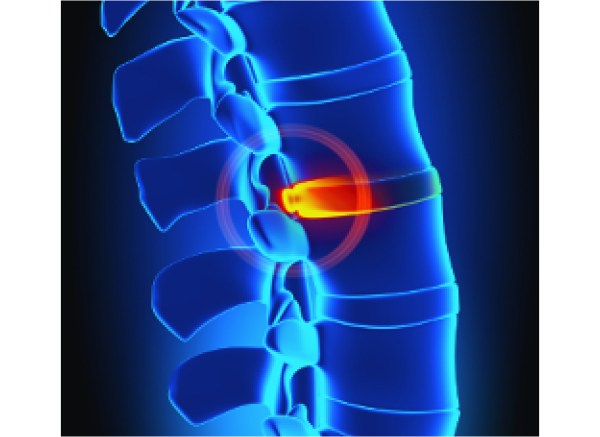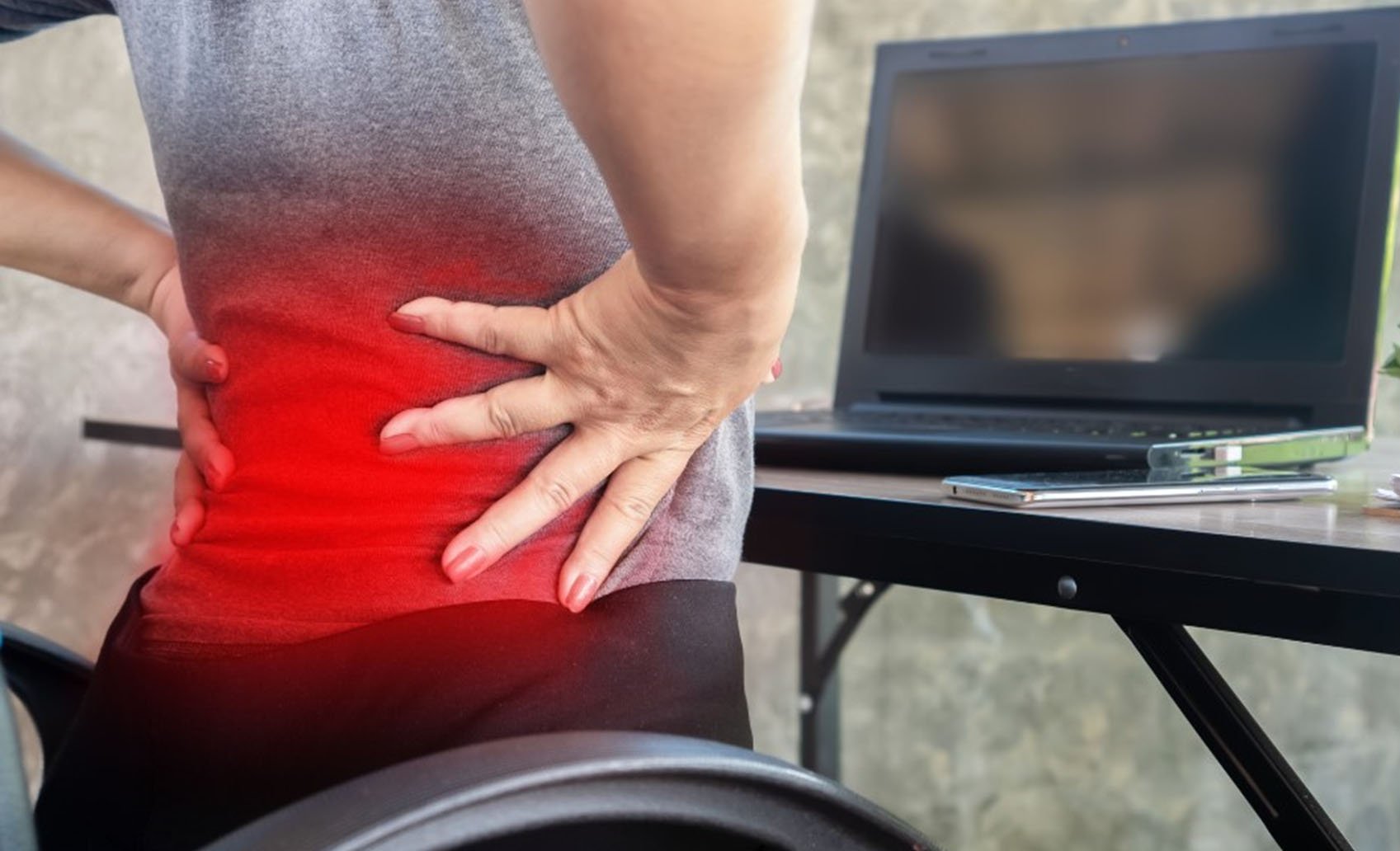Today, we're taking a journey through time and innovation – a journey that brings a glaring concern to the forefront. Our world has embraced vast technological advances in everything from cars to computers, but the office chair? It's as if we paused its evolution in 1994. How did this happen? With such groundbreaking advancements in so many domains, how did office chairs get left in the dust? In a world marked by exponential technological growth, it’s both astonishing and perplexing that office chair design and innovation have experienced minimal evolution since 1994.

The Emergence of Today’s Tech Landscape
As we look around, it's impossible to ignore the rapid evolution of technology that has transformed our lives. Cell phones have gone from brick-sized devices to sleek, pocket-sized computers that connect us to the world. Cars have become smarter, safer, and more environmentally friendly, thanks to electric and hybrid innovations. Computers have shrunk in size while growing in processing power, making our tasks faster and more efficient. Our fuel technologies have evolved to include cleaner, more sustainable alternatives, reducing our carbon footprint.
Meanwhile on the office chair front, where time stands still...
Let’s take a look at the humble office chair. In spite of technological advancement and the relentless pace of design evolution across a myriad of industries, this simple yet essential piece of furniture stands out — and not necessarily for the right reasons. The office chair, once a symbol of ergonomic progress, now appears to be trapped in a time capsule, with its design largely unchanged and unchallenged for close to thirty years! As we enjoy these sweeping advances in other arenas, we’re compelled to ask, “Why? How is it that our dependable office chair hasn't kept up?”
The Tale of the Stagnant Office Chair
Office chairs, while essential to our work environments, have witnessed a relatively slow pace of innovation over the past 30 years. Here's a closer look: In the world of office chairs, 1994 is particularly notable for the launch of a new, exciting chair by a large manufacturer. This chair was groundbreaking in several ways:
Mesh Fabric, Ergonomic Design and Adjustability:
One of its hallmark features was the mesh fabric used for the seat and back. This provided a breathable surface that was intended to conform to the user's body, allowing for better airflow and comfort compared to traditional foam and upholstery. The chair was designed with ergonomics at its forefront. It considered various body types and postures, offering adjustable lumbar support and comfort. The chair featured other various adjustable components meant to fit individual users better.
Iconic Look and Sizes:
Beyond its functional attributes, the chair’s unique and modern design quickly made it an icon in office spaces. Its design even earned it a place in the Museum of Modern Art's permanent collection. Recognizing that one size doesn't fit all, the chair was also offered in different sizes to cater to a broader range of body types.
While the office chair advancements in 1994 were remarkable, the lack of progress in design since that time is truly remarkable. One would expect that such a momentous leap would have spurred a wave of advancements and innovation, pushing boundaries further. As years went by, however, the creative innovation of that era seemed to fade.

It’s Time to Set a New Standard in Office Seating Solutions
Our perspective on office chairs demands a transformative shift. It's time to rethink our approach. Rather than just fitting into an office environment with some consideration to comfort of use and office space, the PRIMARY FOCUS should be on human anatomy, facilitating good posture, and enhancing long-term comfort while seated. The emphasis should be on understanding the human physique and how to SIT WELL.
A fundamental reimagining of office chairs is overdue. In essence, while there have certainly been micro-advancements in the world of office chairs over the last 30 years, they haven't kept pace with the leaps and bounds seen in many other industries. Fundamentally, they closely resemble the models we first saw in 1994.
In a world where innovation knows no bounds, it's time for the office chair industry to step up its game! We've seen what's possible in other sectors, and now it's our turn to transform the way we sit and work. Let's say goodbye to the status quo and usher in a new era of office chair design that's worthy of the 21st century.
Rethinking the Office Chair: What the 1994 Design May Have Missed
Lower Back Pelvis Support Takes Center Stage
Traditional back support methods, like lumbar support, have long been the go-to in chair design. However, what the back really needs is pelvis support. This isn't just another feature; it's a game-changer – and here’s why: the angle of the pelvis dictates the spine's positioning. By ensuring the pelvis is neutrally positioned and supported, the spine naturally aligns itself, reducing undue pressure and discomfort. So while lumbar might be the familiar choice, pelvis support is the superior one.
Tapered Upper Thoracic Support
Most office chairs available feature tall, broad backs which promote forward shoulder rolling, leading to a slouched posture. This design not only affects posture but also limits arm mobility in unnatural ways.
Why Tilt is the Real Hero, Not Recline
Reclining might be a favorite for many, but when it comes to genuine support, especially for those grappling with severe back issues, the tilt mechanism is unquestionably better. Tilt maintains posture, allowing the back and seat to move in harmony. In contrast, reclining can tuck the pelvis, which disrupts posture and compromises the support you're after. So, when faced with a choice? Choose tilt.
Pressure Relieving Cushioning: An Essential Aspect of Chair Design
Cushioning quality is equally vital. The ideal cushion strikes a balance between firmness for support and softness for comfort. Chairs with contoured cushions stand out, providing even weight distribution, and elevate the overall sitting experience.
Given our advanced understanding of ergonomics and well-being, we owe it to the many who spend their days seated to challenge and improve upon the 1994 design norms.
If you are looking to improve posture and decrease pain while sitting, look no further than Anthros. Anthros is the only chair in the world that is guaranteed to improve posture or your money back. The science-backed, patented design is registered with the FDA as a posture-improving chair and is proven to have the lowest pressure (most comfortable) cushion on the planet (verified by university testing).
Take the next step to reducing pain, increasing comfort, and maximizing performance!
GuidebookRecent Post

Exercises to Avoid With a Herniated Disc
March 6, 2025A herniated disc can put a serious damper on...

Gentle Back Exercises for Lower Back Pain & Herniated Discs
February 17, 2025Adding a cushion to your office or gaming chair...

Bulging Disc vs. Herniated Disc:
February 5, 2025Adding a cushion to your office or gaming chair...









